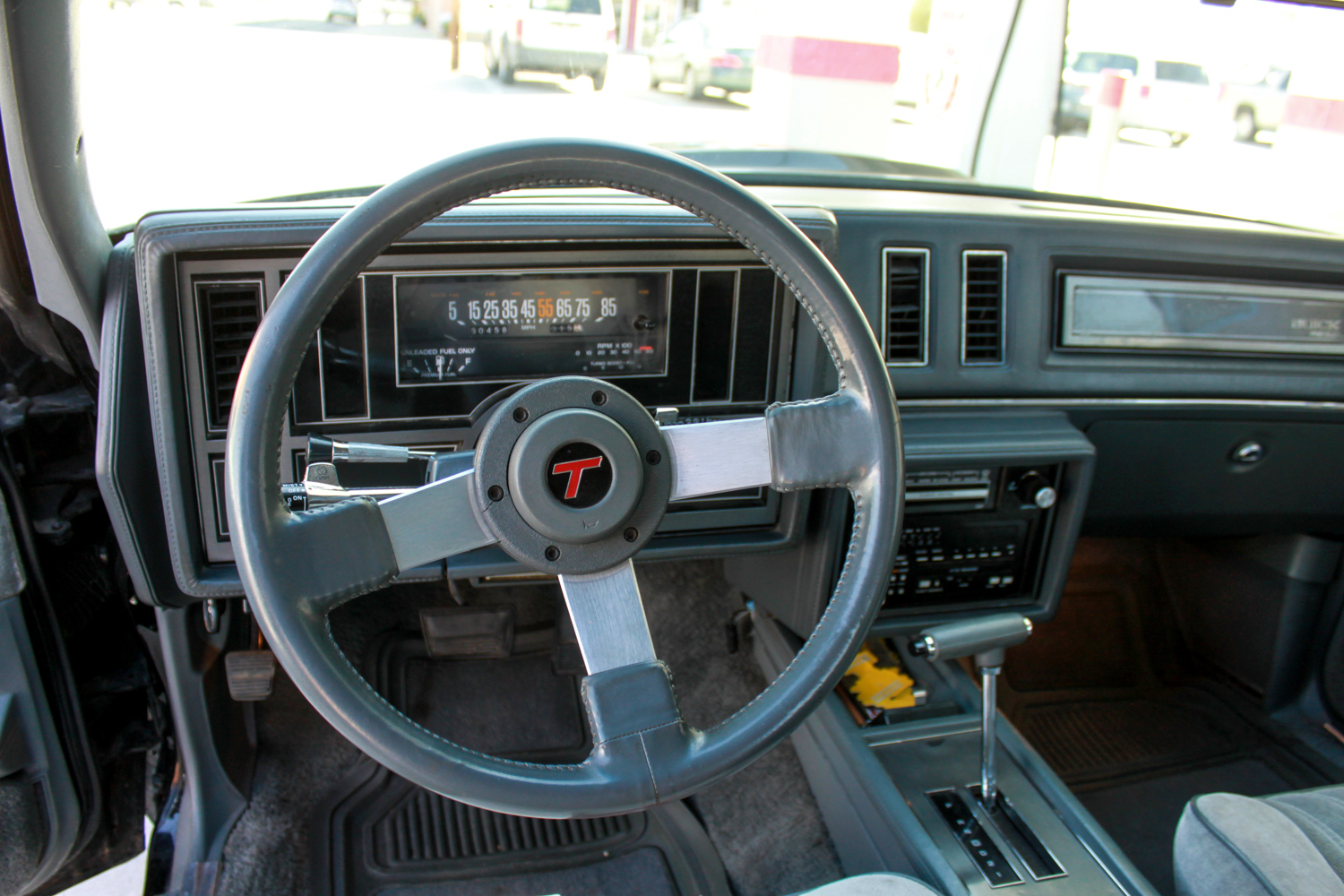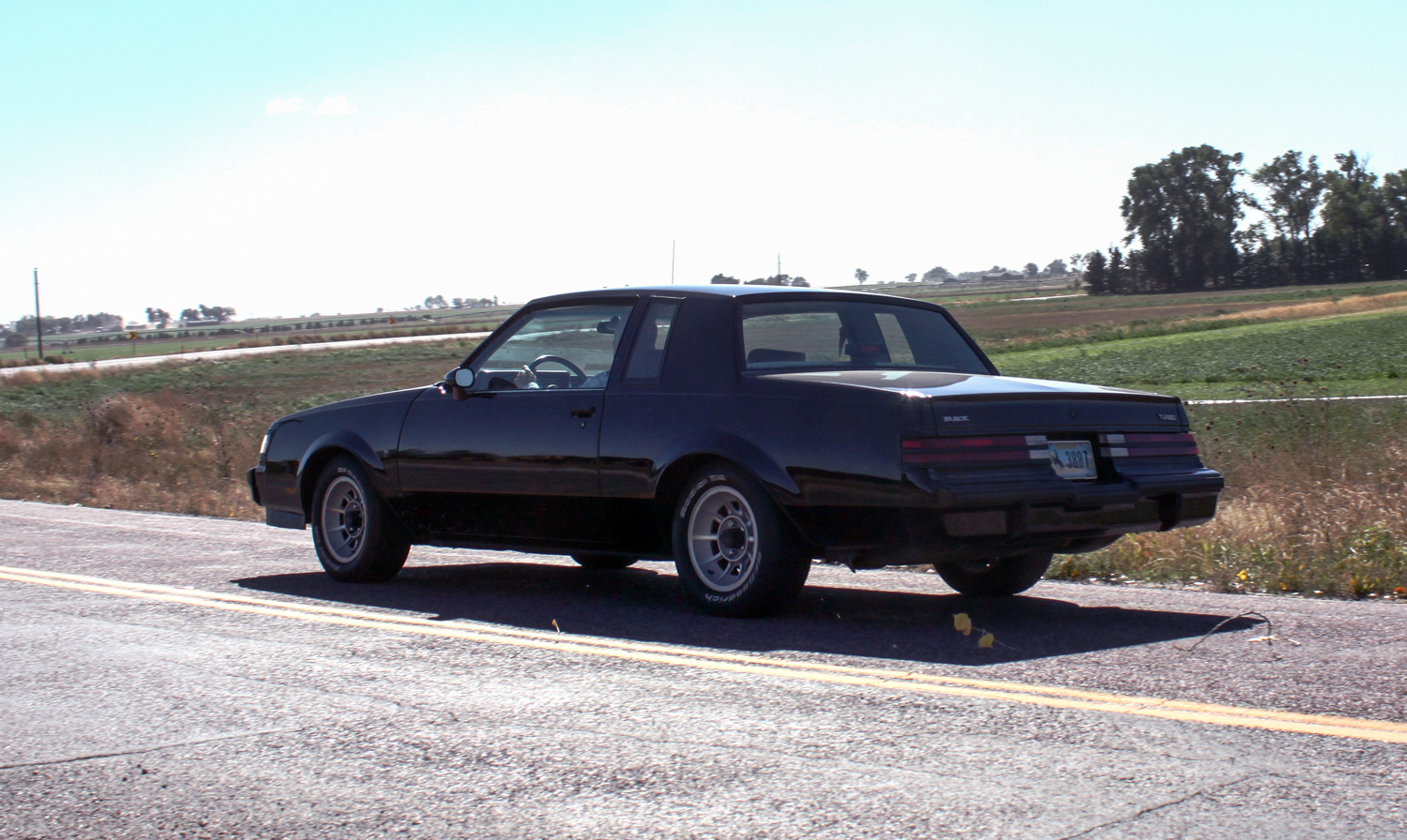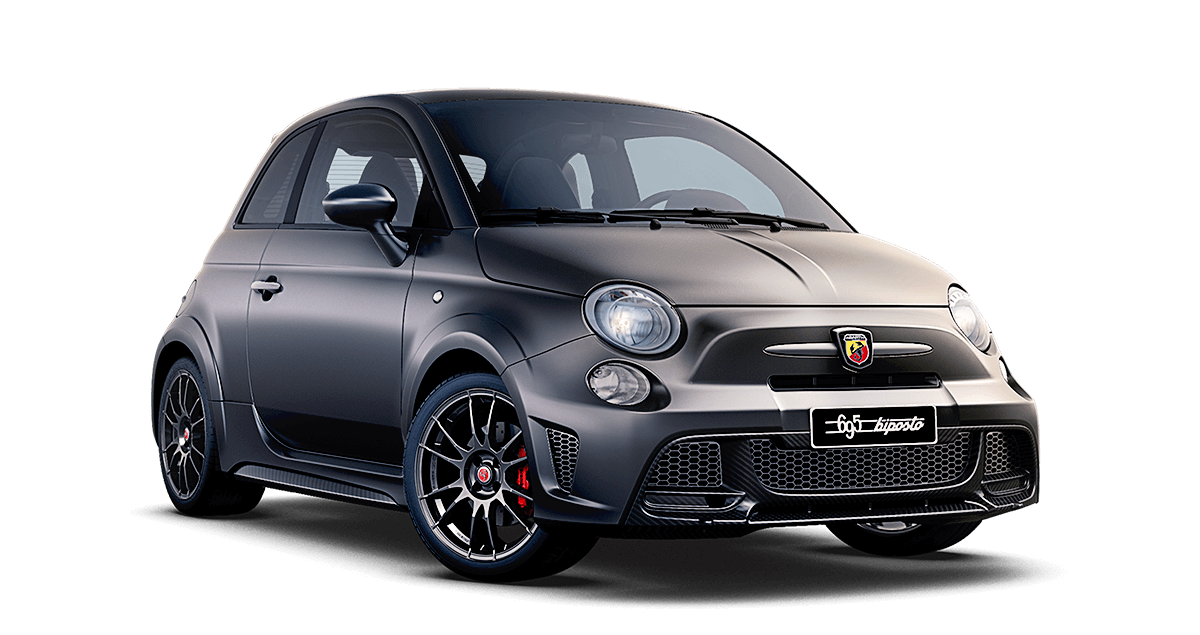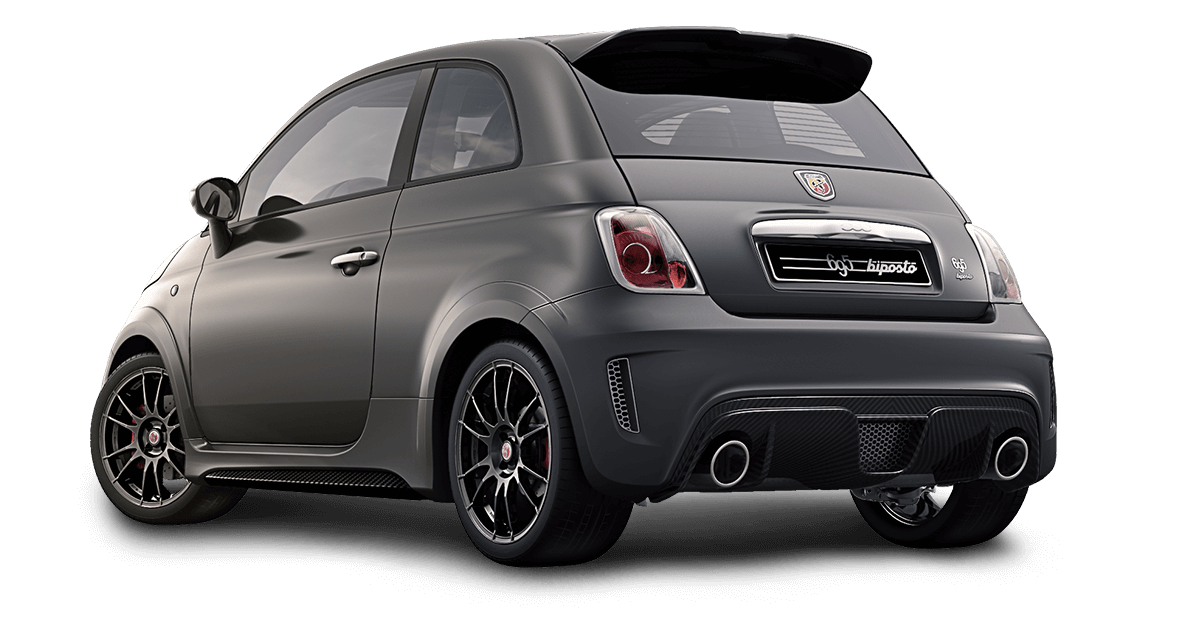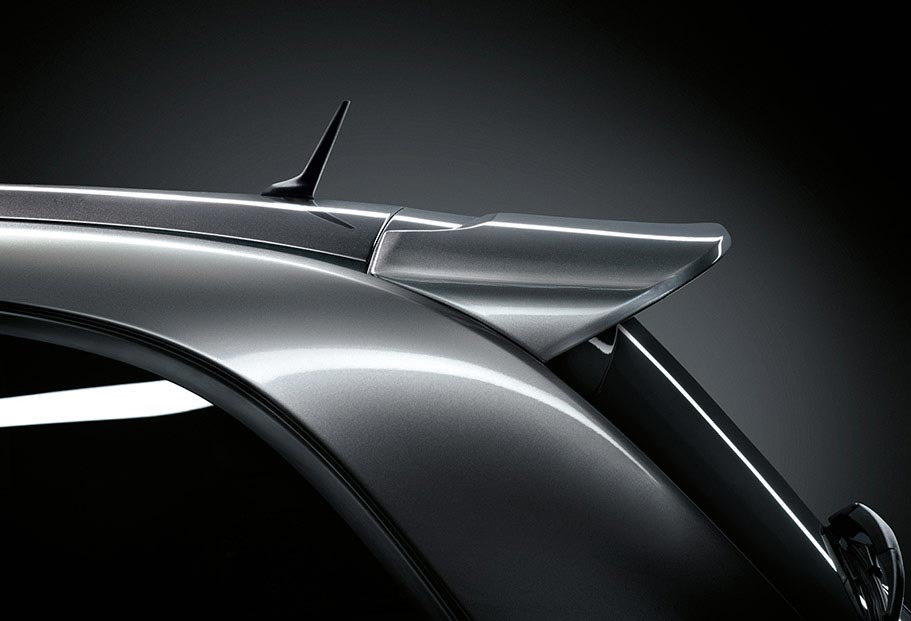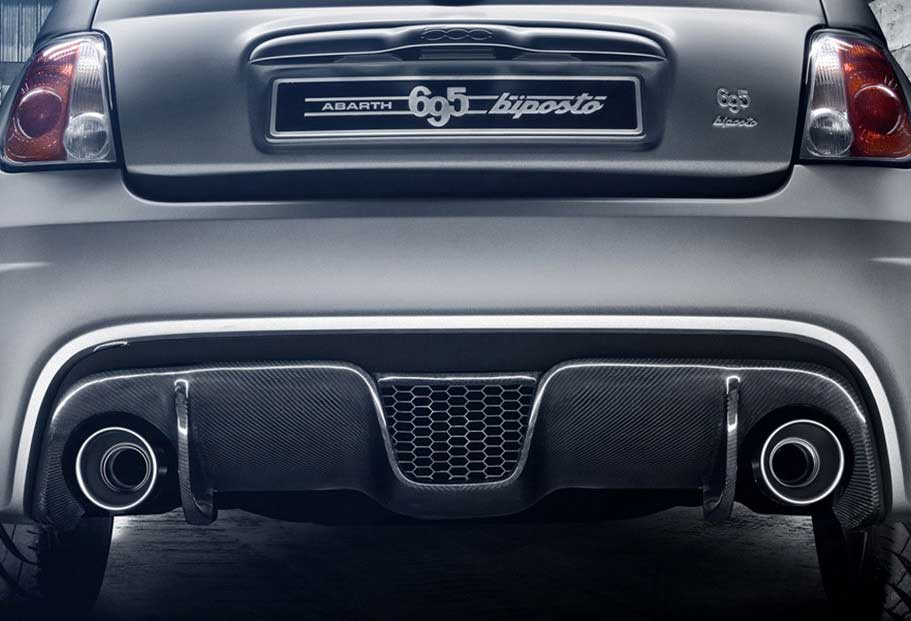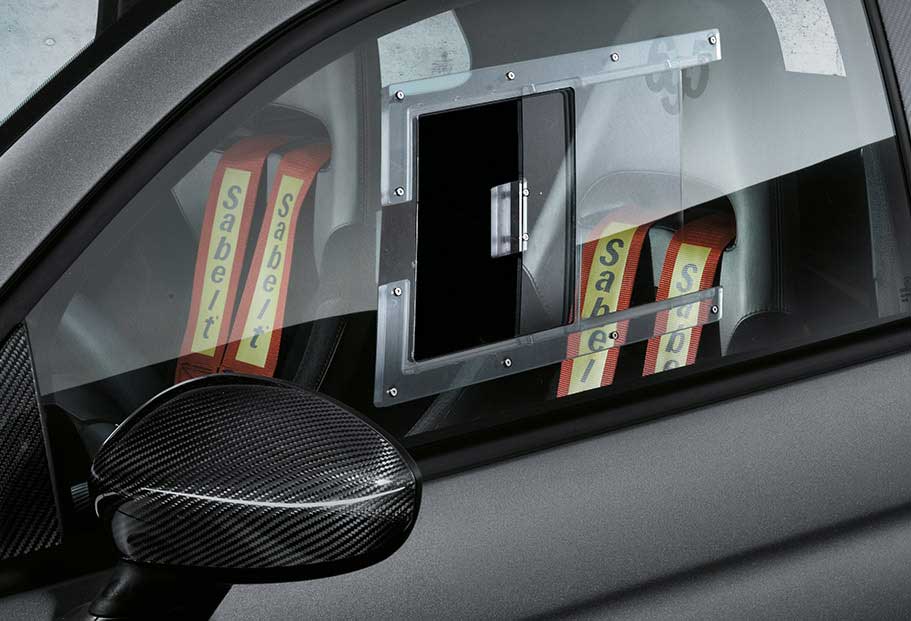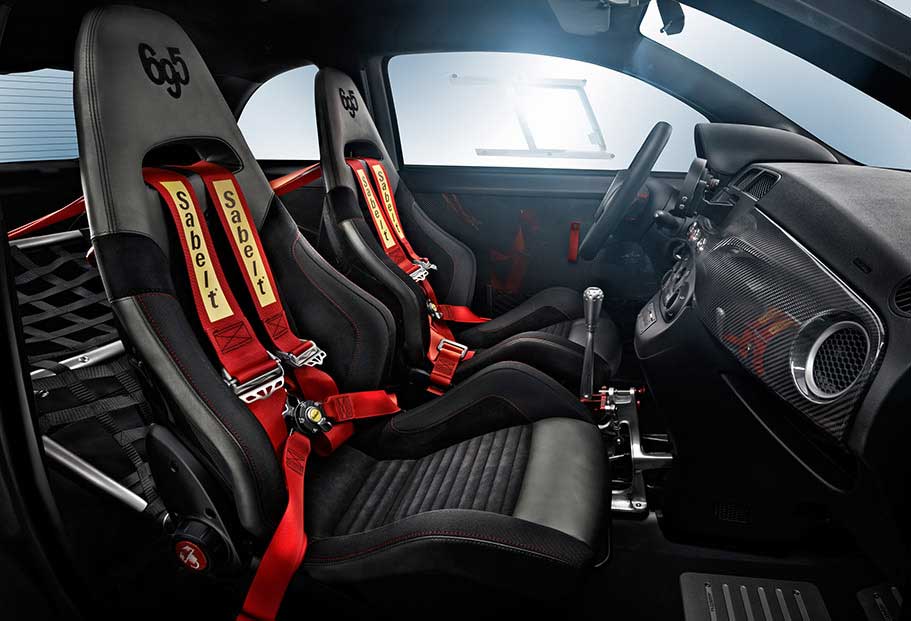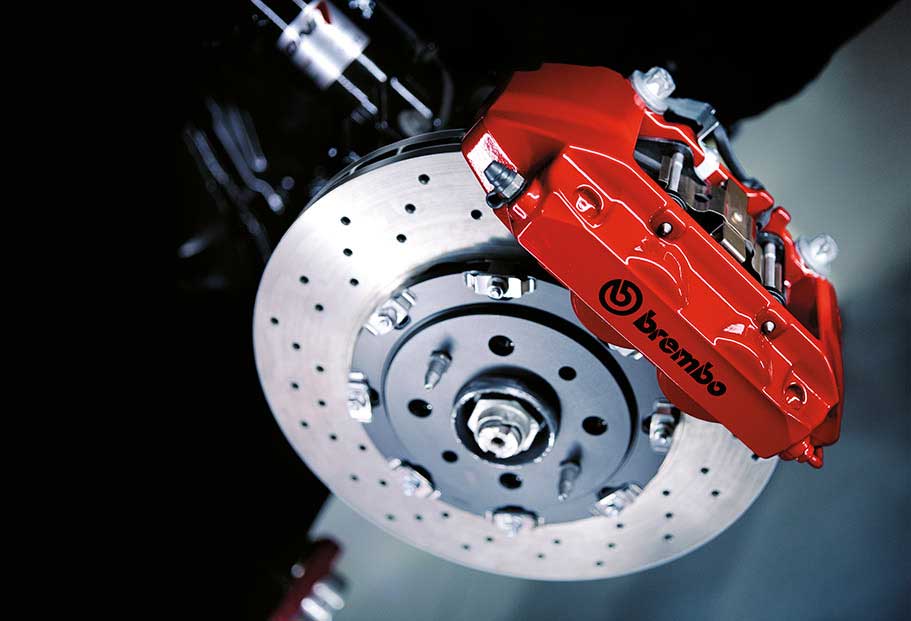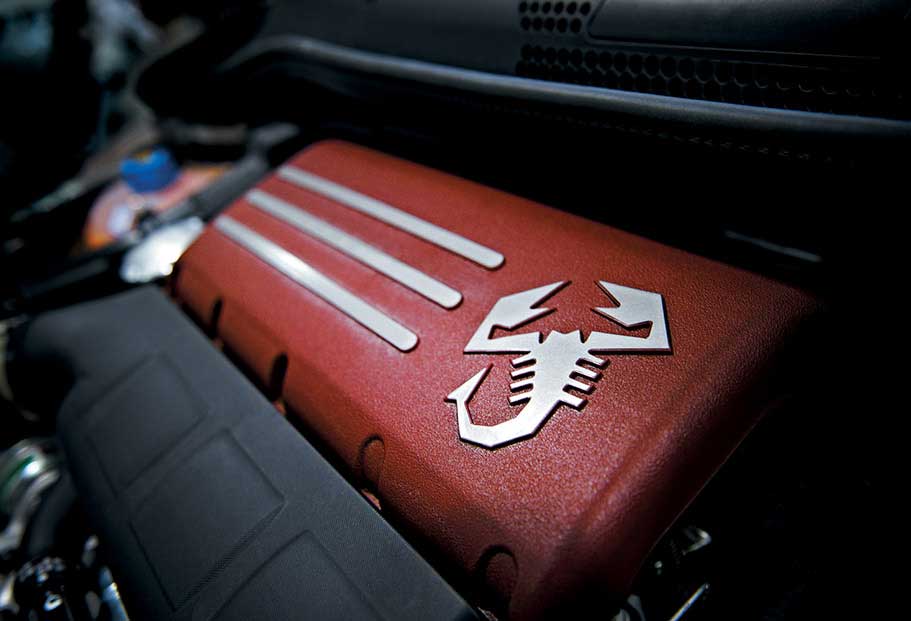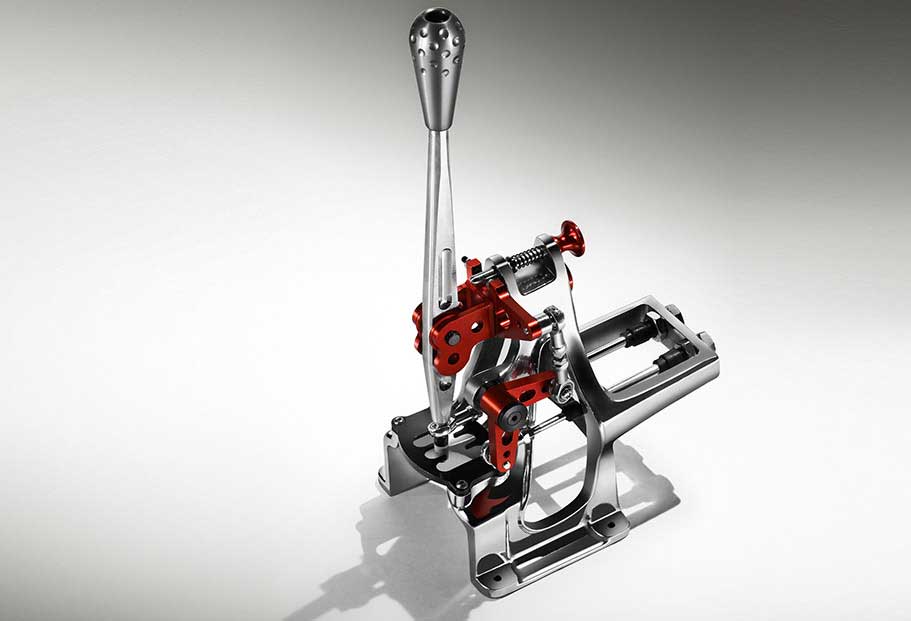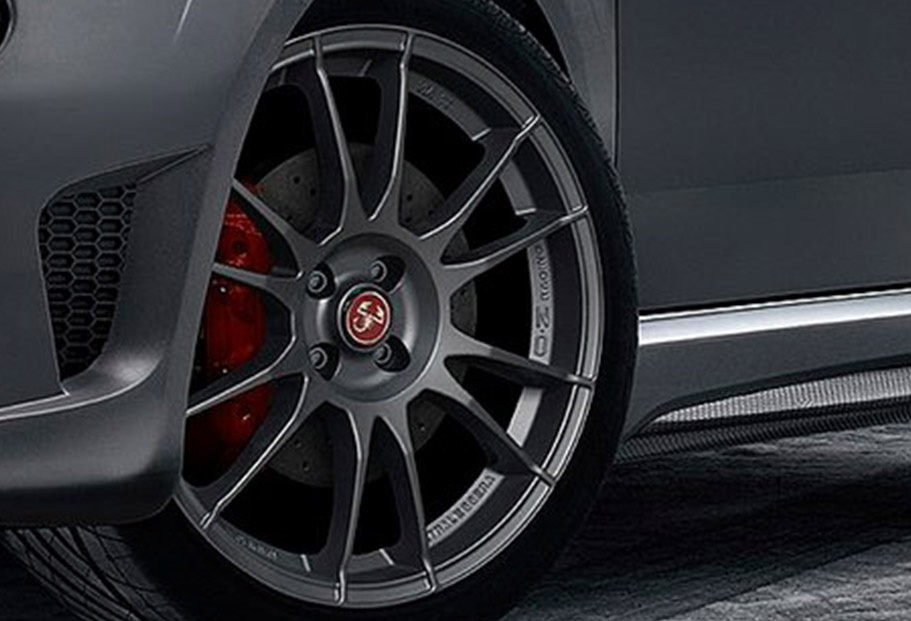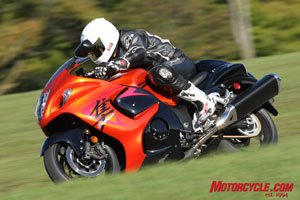Macrostax Vs Weight Watchers
Back to the blog
Macros 101: Calories vs. Macros - Which Should You Count?
Posted: December 1st, 2017 Author: Vanessa Cohn
Changing your body composition is tricky business. Everyone's body is unique and it takes a great deal of knowledge and a fair bit of experimentation to find out what's going to get you to your goals.
Along the way, many people find themselves hitting this brick wall: do I count macros or calories?
The answer may be simpler than you think (jump to it).
Here's the run down on calories, macros, and which one deserves your utmost attention while you're working your way to that dream bod.
Calories
People talk about "calories this" and "calories that" all the time – but what is a calorie?
A calorie is simply a unit of measurement for energy. Just like we in the United States use inches to measure lines on paper, miles to measure roads, and pounds to measure weight, calories are a way of measuring energy.
When you eat anything, it contains calories. From that super scrumptuous steak to that light bite of celery and ranch dressing, everything contains calories.
Eating a calorie means you're giving your body one unit of energy to put to use somewhere in your body.
Depending on your age, height, weight, activity level, and overall health, your body needs a certain number of calories to carry out its day to day processes. The bare minimum number of calories that your body needs to function each day is called your basal metabolic rate (BMR).
This means that even if you spent the entire day enjoying a Netflix binge sesh sitting on the couch and not lifting so much as a finger to text your friends about how awesome Season 2 of Stranger Things is, you'll still burn calories – and that number will be your BMR.
Calculating your BMR based on your height, weight, gender, and age will tell you the minimum number of calories your body uses for energy each day.
However, most of us do more than sit in front of the big glowing box in our living rooms all day long. In that case, we'll need to know our total daily energy expenditure (TDEE).
To figure out your TDEE, we recommend using the Harris Benedict Formula – a simple but widely accepted formula dating back to 1919. According to the Harris Benedict Formula, a person who lives a sedentary lifestyle (like working a desk job and doing little to no daily exercise) should multiply their BMR by 1.2 to get the TDEE.
Other activity levels should adjust their BMR as follows:
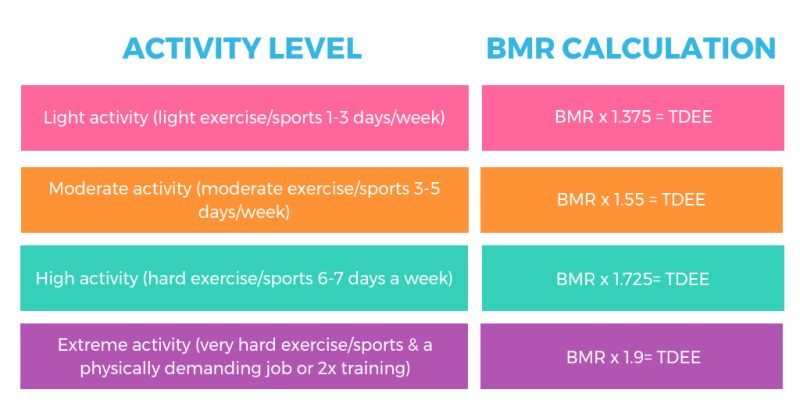
With your TDEE, you now have an estimate of how many calories your body burns each day. Of course, this number varies from person to person and depends on a number of factors like overall health, heart rate, blood pressure, and body composition (amount of fat versus lean muscle mass).
Depending on your activity level and fitness goals, you'll either add calories to or subtract calories from your TDEE to figure out exactly how many calories you should be eating each day.
Calories In, Calories Out
While fad diets come and go, the one thing everyone eventually comes back to is the idea that if you want to lose weight you need to eat fewer calories than you're burning. This is why a healthy diet and plenty of exercise continues to be the prescribed plan for safe, sustainable weight loss.
But the truth is: It's not that simple.
Yes, if your goal is to lose weight, you do need to burn more calories than you're eating (or drinking). And yes, if your goal is to build muscle or gain weight, you need to eat more calories than you're burning.
However, those calories can't just come from anywhere. You're not going to get the same results eating an all-pizza diet while counting calories as you are if you eat a well-balanced diet and pay attention to your macros.
Macros
Like we mentioned in last month's post, there's a lot to understanding macros. The main thing to know, though, is that there are three different macronutrients – carbs, protein, and fat – and your body uses each one differently.
Carbs
Carbs are the body's preferred source of energy. When you eat carbs – think: veggies, fruits, starches, whole grains, sugar – your body breaks them down into glucose. Glucose is just a fancy name for blood sugar and is the driving force between a number of processes in your body.
For every gram of carbs you eat, you'll get 4 calories. Because your body loves to use carbs for energy, excess carbs are stored as body fat in case your body needs more energy later.
Of course, we usually disagree with our bodies on this matter and prefer that carbs aren't stored as body fat, so it's important to eat just the right amount of carbs that your body can burn without storing the excess.
Protein
Your entire body is made up of crucial proteins called amino acids. When you eat protein, your body breaks it down into a variety of amino acids that can be used for anything from repairing muscle tissue to transcribing DNA to creating digestive enzymes.
Like carbs, for every gram of protein you eat, you'll get 4 calories. The body can't store protein for later use like it can carbs, but it can break protein down into different substances thatcan be stored. For example, a process called gluconeogenesis can transform protein into glucose for energy if necessary. However, your body will only resort to this process if needed.
The important thing to know about protein is that it is theonly essential macro nutrient. While your body can potentially use carbs, protein, or fat for energy, your bodyabsolutely needs protein specifically to form amino acids and all the cells in your body.
This is why it's absolutely crucial that you make sure you're getting enough protein in your diet above all else.
Fat
Now don't be afraid! Fat is not a bad guy. Eating fat will not make you fat. Rather, when you eat fat, your body puts it to work in a number of ways.
First, fat can be used as energy if you're lacking in carbs. Second, fats are used to form cholesterol (which is a good thing! More on that later.) and fatty acids. These substances serve as helpers throughout your body by ensuring proteins do their job, insulating your organs, and acting as messengers via hormones and neurotransmitters.
For every gram of fat you eat, you'll get 9 calories – making fat the most calorie-dense macro. Eating healthy fats like avocado, extra virgin olive oil, and some animal products can also help you feel fuller longer, so adding just the right amount of fats to your diet can keep you on track and get you closer to your goals.
Reigning Champ
All three macros are made up of calories. But your body puts those different types of calories to use in different ways.
And the fact is, your body needs precise amounts of each type of macronutrient in order to fuel your workouts, repair muscle damage, grow stronger, and shed fat.
While you could get all your calories for the day from carbs (Froyo, anyone?), we don't recommend it. Rather, you need a healthy balance of carbs, protein, and fat to make sure your body is fully equipped to transform the way you want it to.
Instead of focusing on how many calories you're eating in total, it's best to look at the content of what you're eating and ensure your body is getting the tools it needs to build a better you. If your goal is to have a poppin' six pack and sculpted shoulders, then counting macros is the only way to prevent muscle loss and guarantee that the weight you're shedding is unwanted fat.
Bottom Line: Counting calories can not only help you lose weight but also build muscle, have more energy, and get lean.
If you need help figuring out just how many grams of carbs, protein, and fat will get you to your goals, the Macrostax app can help.
Source: https://www.macrostax.com/tips/macros-101-calories-v-s-macros-which-should-you-count/


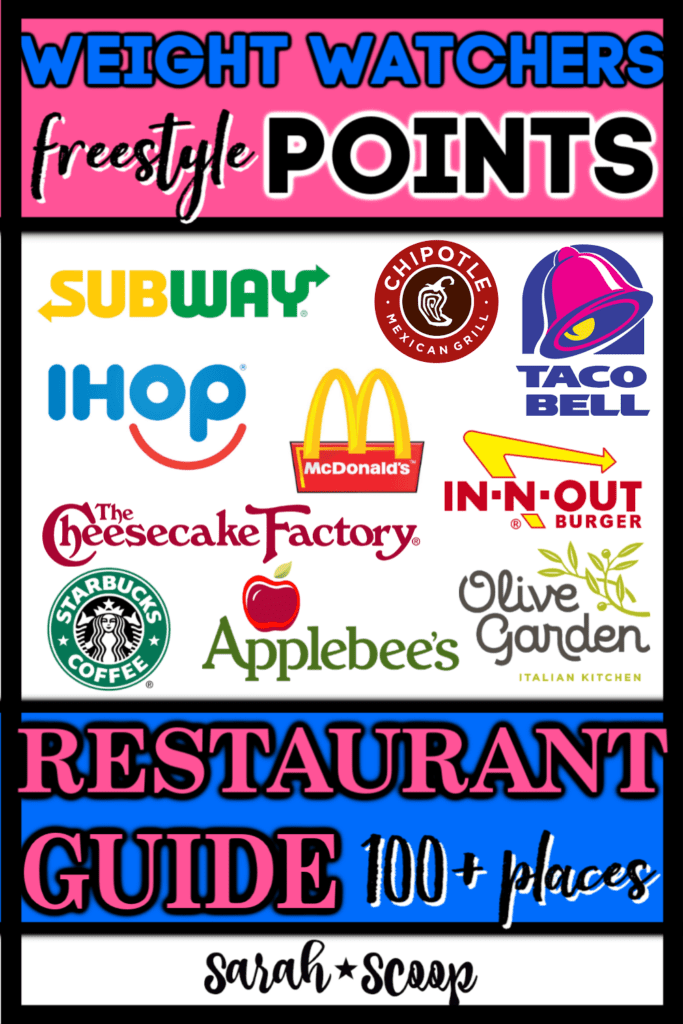

 (80.2 out of 100)
(80.2 out of 100)
